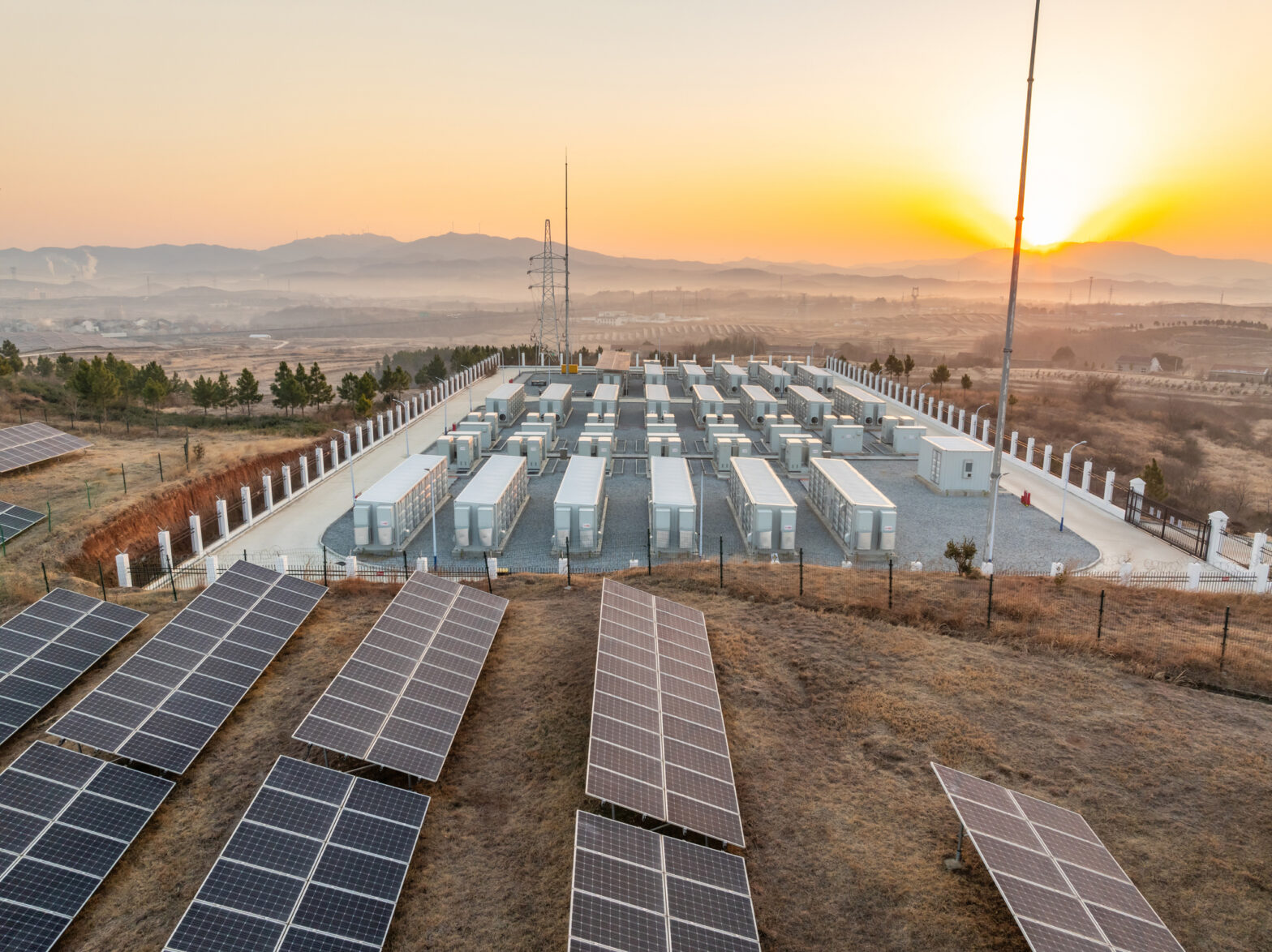Distributed energy resources (DERs) and enrollments into demand response (DR) and time-of-use (TOU) rate programs can help drive decarbonization, align demand with DER production, and increase load flexibility. However, there are many barriers to customer adoption and participation.
To better understand how to both drive adoption of DERs and enrollment into programs that leverage those DERs effectively, Uplight partnered with See Change Institute to conduct focus groups asking smart thermostat, solar, and electric vehicle owners:
- Why did they adopt or not adopt DERs?
- Why did they enroll in utility demand flexibility programs and rates? Or why do they not enroll?
- What are their knowledge, attitudes, and behaviors around utility demand flexibility programs and rates?
Habit, tradition, culture, convenience, and professional experience (several participants were engineers) came up frequently as motivations for purchasing EVs, solar panels, or installed smart devices. When prompted, most said sustainability and “doing the right thing” was a plus, but not a primary reason.
Convenience was a commonly-mentioned motivator for buying smart home technologies. Solar owners were inspired by their neighbors or the reliability of producing their own power. EV adoption was more motivated by costs, decreased maintenance, reliability, and even family tradition, and less about environmental concerns.
No participants reported actively signing up for TOU rates, yet nine were on one. Those in DR programs reported a simple and painless enrollment process. Dennis said: “Didn’t have to jump through any hoops at all, they got a hold of us. They offered a smart thermostat installation. And on top of that, if you agreed to go in and go try to plan out in there, the thermostat was no charge. And we’re guaranteed they will not shut you off more than once every three days.”
Both current participants and interested customers reported two main motivations for participating in load flexibility programs: primarily financial and material and secondarily, environmental and prosocial.
Most people enrolled in smart thermostat or other demand response programs reported that the program was a win-win because they got an incentive or a thermostat and didn’t notice the difference in comfort. Several mentioned the ability to override it as important.
Customers not interested in demand response programs or a new rate cited a variety of reasons for their hesitance including lack of utility trust, belief it wasn’t a utility priority, concern over control, privacy concerns, occupant and pet comfort, and a general lack of awareness.
Get the eBook to learn the three key takeaways for utilities as well as read customer quotes from the focus groups.





